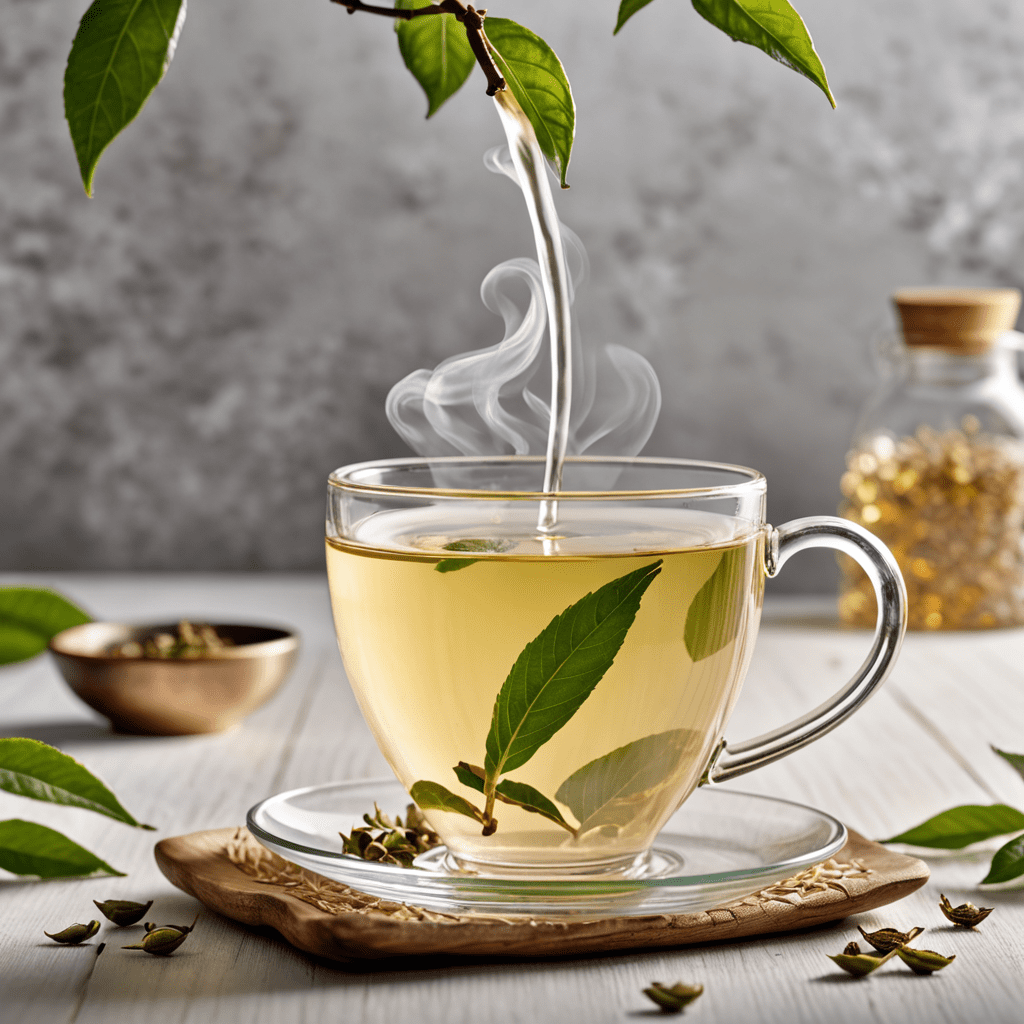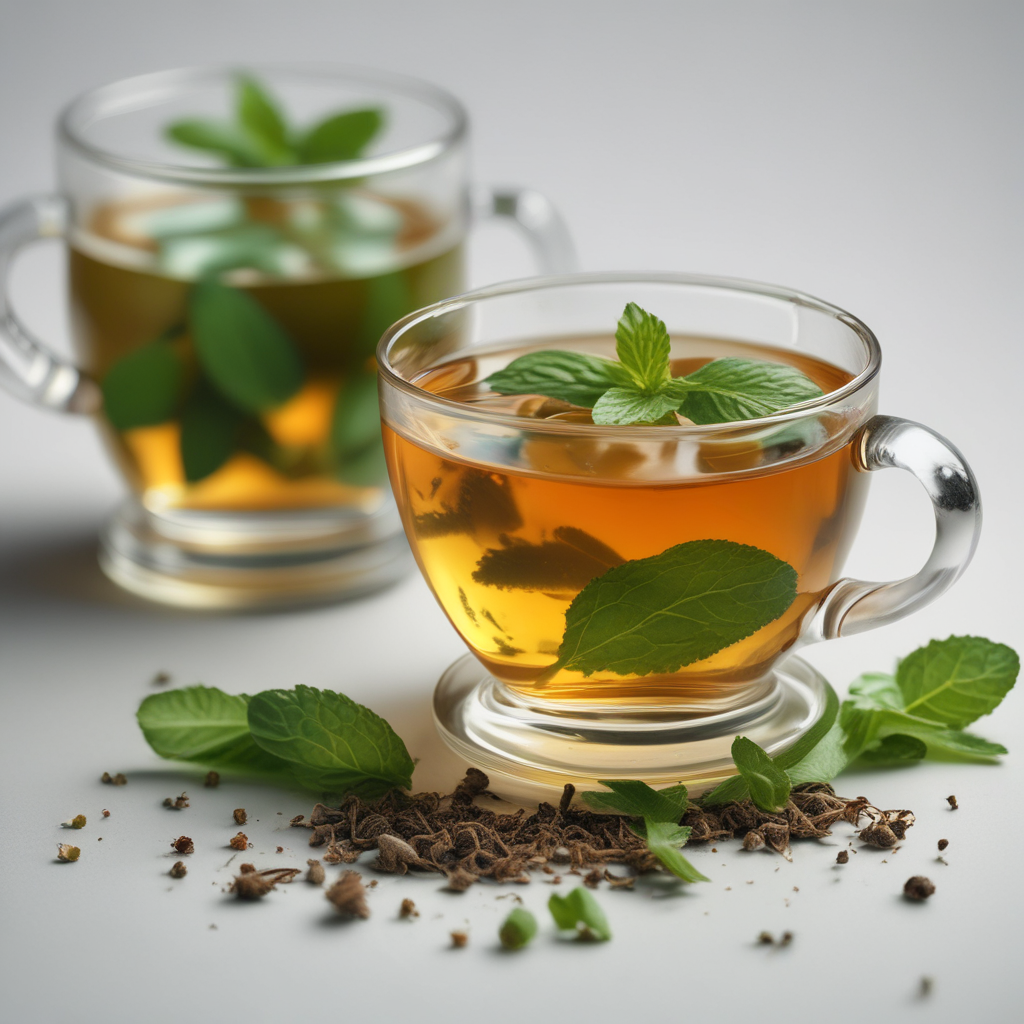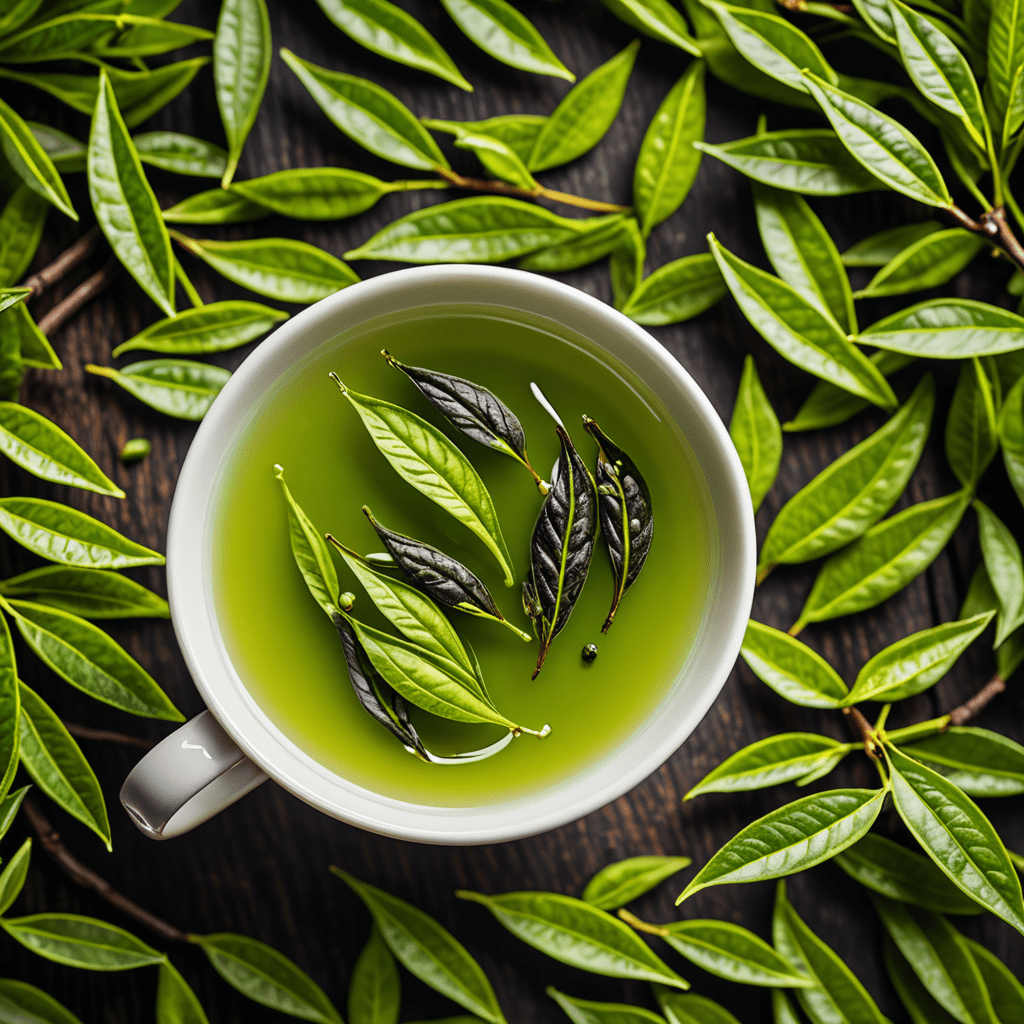White Tea: A Delicate Dance of Aromas
White tea is renowned for its delicate flavor profile and aromas. Let’s dive into the world of white tea and explore the nuances that make it a truly remarkable beverage.
The Origins of White Tea
White tea has a rich history that dates back to ancient China, where it was reserved for emperors and nobility. The tea’s delicate nature and subtle flavors were highly prized, leading to its reputation as a luxury beverage.
Harvesting and Processing
White tea is made from the youngest tea leaves and buds, carefully harvested to preserve their delicate nature. The leaves undergo minimal processing, allowing them to retain their natural aromas and flavors. This gentle handling sets white tea apart from other types of tea.
Aromas and Flavor Profile
White tea is celebrated for its nuanced aromas, which often include floral, fruity, and honeyed notes. The flavor profile is subtle and mellow, with a hint of sweetness and a refreshing quality that makes it highly enjoyable.
Health Benefits of White Tea
Besides its delightful aromas and flavors, white tea offers a range of health benefits. It contains a high level of antioxidants, which may help protect the body from damage caused by free radicals. Additionally, white tea is known for its potential to support heart health and promote overall well-being.
Best Practices for Brewing White Tea
To fully appreciate the delicate aromas of white tea, it’s crucial to brew it properly. Using water at the right temperature and allowing the leaves to infuse for the correct amount of time are essential for unlocking the tea’s full flavor potential.
Pairing White Tea with Food
The subtle aromas and flavors of white tea make it a versatile companion for various foods. Its gentle nature complements light dishes, delicate pastries, and fresh fruits, enhancing the overall dining experience.
Exploring White Tea Varieties
From Silver Needle to White Peony, the world of white tea offers a diverse range of varieties, each with its own unique aromas and characteristics. Exploring these varieties can be a delightful journey for tea enthusiasts seeking new sensory experiences.
FAQ About White Tea
What is white tea?
White tea is a delicately processed tea made from young tea leaves and buds. It is minimally processed, allowing it to retain its natural flavors and delicate aroma.
What are the different varieties of white tea?
White tea comes in various types, such as Silver Needle, White Peony, Long Life Eyebrow, and Tribute Eyebrow, each with its unique flavor profile and characteristics.
How is white tea different from other types of tea?
White tea undergoes minimal processing compared to other types of tea like green or black tea. This results in a lighter flavor, lower caffeine content, and a delicate, floral aroma.
What are the health benefits of white tea?
White tea is rich in antioxidants and may help in promoting skin health, supporting weight loss, and enhancing overall well-being. It also contains antimicrobial properties and may boost cardiovascular health.
How should white tea be brewed?
To brew white tea, use water at around 175°F and steep the tea for 4-5 minutes. Since white tea leaves are delicate, avoid using boiling water and be sure to enjoy the delicate dance of aromas that this tea offers.



